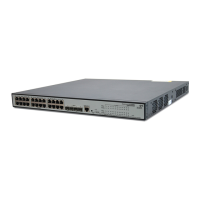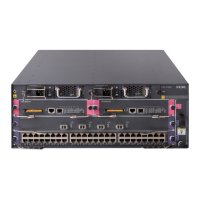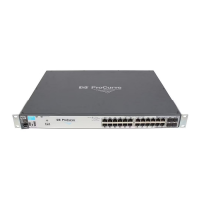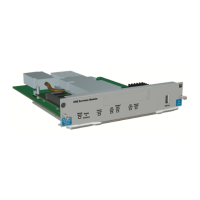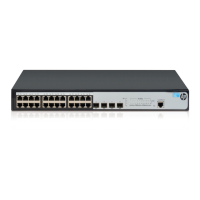No. Attribute No. Attribute
23 Framed-IPX-Network 70 ARAP-Password
24 State 71 ARAP-Features
25 Class 72 ARAP-Zone-Access
26 Vendor-Specific 73 ARAP-Security
27 Session-Timeout 74 ARAP-Security-Data
28 Idle-Timeout 75 Password-Retry
29 Termination-Action 76 Prompt
30 Called-Station-Id 77 Connect-Info
31 Calling-Station-Id 78 Configuration-Token
32 NAS-Identifier 79 EAP-Message
33 Proxy-State 80 Message-Authenticator
34 Login-LAT-Service 81 Tunnel-Private-Group-id
35 Login-LAT-Node 82 Tunnel-Assignment-id
36 Login-LAT-Group 83 Tunnel-Preference
37 Framed-AppleTalk-Link 84 ARAP-Challenge-Response
38 Framed-AppleTalk-Network 85 Acct-Interim-Interval
39 Framed-AppleTalk-Zone 86 Acct-Tunnel-Packets-Lost
40 Acct-Status-Type 87 NAS-Port-Id
41 Acct-Delay-Time 88 Framed-Pool
42 Acct-Input-Octets 89 (unassigned)
43 Acct-Output-Octets 90 Tunnel-Client-Auth-id
44 Acct-Session-Id 91 Tunnel-Server-Auth-id
NOTE:
The attribute types listed in Table 128 are defined by RFC 2865, RFC 2866, RFC 2867, and RFC 2868.
Extended RADIUS attributes
The RADIUS protocol features excellent extensibility. Attribute 26 (Vender-Specific), an attribute defined
by RFC 2865 allows a vender to define extended attributes to implement functions that the standard
RADIUS protocol does not provide.
A vendor can encapsulate multiple sub-attributes in the type-length-value (TLV) format in RADIUS packets
for extension of applications. As shown in Figure 331, a sub-attribute that can be encapsulated in
Attribute 26 consists of the following parts:
Vendor-ID—Indicates the ID of the vendor. Its most significant byte is 0; the other three bytes
contains a code that is compliant to RFC 1700.
Vendor-Type—Indicates the type of the sub-attribute.
Vendor-Length—Indicates the length of the sub-attribute.
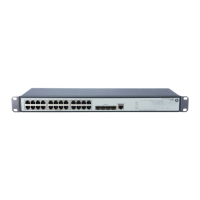
